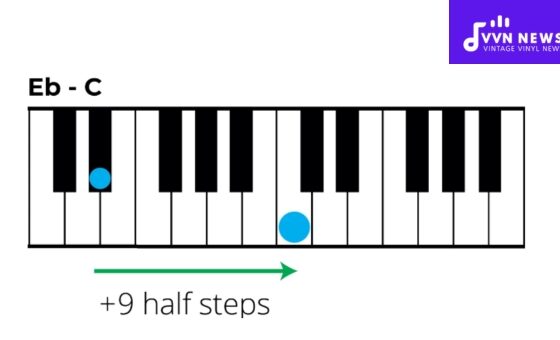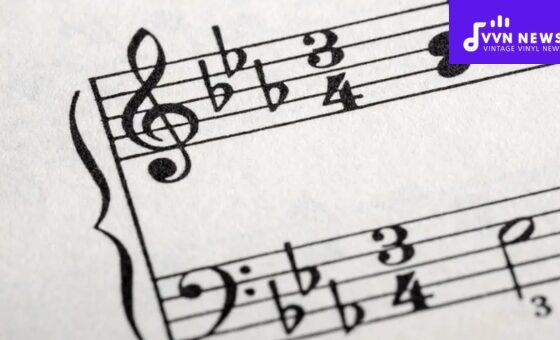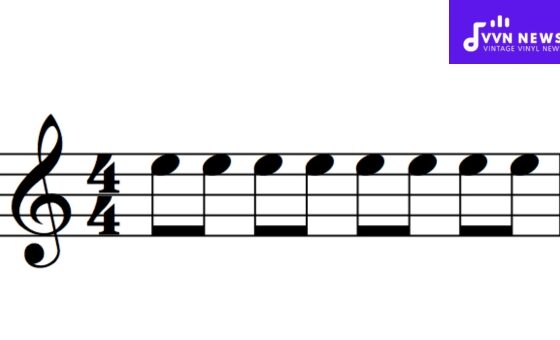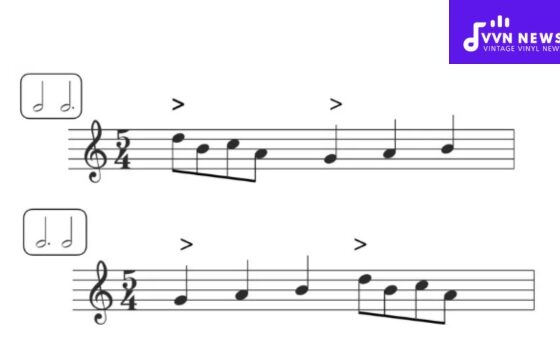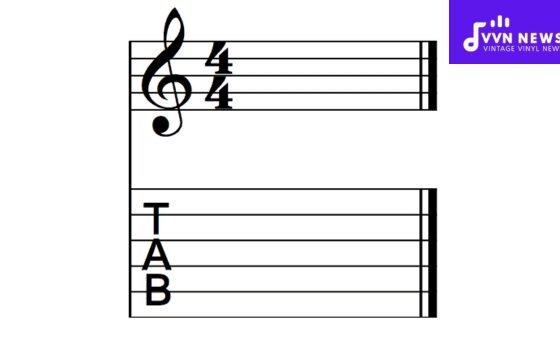The classical music period, spanning roughly from the mid-18th to the early 19th century, is a treasure trove of musical compositions that have stood the test of time.
This era, characterized by its formal structures and intricate melodies, has had a profound impact on the music we enjoy today.
From the refined works of famous composers like Mozart and Beethoven to the timeless symphonies and sonatas that continue to captivate audiences, the classical music period has left an indelible mark on the evolution of modern music.
In this blog post, we will delve into the rich history and significance of the classical music period, exploring its transformative influence on modern musical styles.
By examining the key characteristics of classical music and analyzing its enduring legacy, we will gain a deeper understanding of how this period continues to shape and inspire contemporary artists across various genres.
History of Classical Music Period
The classical music period, which spanned from approximately 1750 to 1820, emerged as a significant turning point in the development of Western music.
It followed the Baroque period and preceded the Romantic era. This period is often called the “Age of Enlightenment” due to its emphasis on reason, logic, and clarity.
During this time, composers sought to break away from the ornate and complex style of the Baroque era, instead favoring simplicity, balance, and elegance in their compositions.
The classical music period witnessed the rise of renowned composers such as Wolfgang Amadeus Mozart, Ludwig van Beethoven, Joseph Haydn, and Franz Schubert.
One key characteristic of classical music was its focus on form and structure. Compositions were carefully structured into distinct sections known as movements.
These movements often followed a specific pattern such as sonata form or symphony form.
The classical music period also saw advancements in musical instruments. The piano became a popular instrument during this time due to its ability to play both soft and loud dynamics.
String instruments such as the violin, cello, and double bass featured prominently in orchestral compositions.
Composers of the classical period greatly influenced the style through their innovative approaches to composition.
They experimented with new musical forms, developed symphonies into larger works with multiple movements, and expanded the role of instruments within orchestras.
The legacy of the classical music period continues to be felt today. Its emphasis on structure, clarity, and balance has greatly influenced subsequent musical styles and genres.
Elements of classical music can be found in modern-day film scores, contemporary instrumental compositions, and even popular music genres.
Characteristics of Classical Music
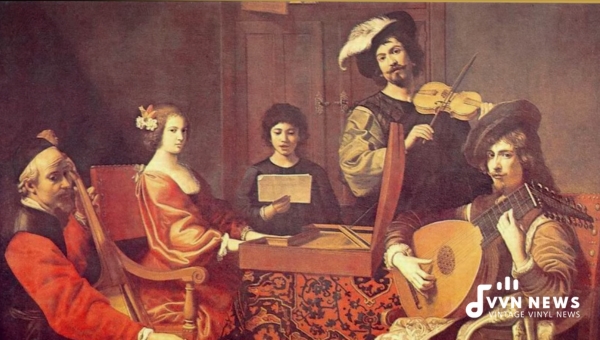
Classical music is known for its distinct characteristics that set it apart from other genres. Here are some key features that define classical music:
- Clarity and Balance: Classical compositions emphasize clarity of form and balance between melodies, harmonies, and rhythms. The music is structured with careful attention to detail and coherence.
- Symmetry: Classical compositions often display symmetrical patterns, mirroring themes, and melodies between different sections or movements.
- Melodic Beauty: Classical music is renowned for its melodic beauty. Composers crafted memorable melodies that weaved throughout their compositions, captivating listeners with their elegance and emotional depth.
- Modulation: Classical pieces frequently employ modulation, a technique where the composition moves from one key to another smoothly and seamlessly. This adds depth and variety to the music.
- Dynamic Contrasts: A distinguishing characteristic of classical music is the use of dynamic contrasts – the juxtaposition of soft passages (piano) with powerful crescendos (forte). This creates a sense of drama and tension within the composition.
- Orchestral Emphasis: Orchestras played a central role in classical compositions. The genre saw the development of larger ensembles, featuring instruments such as strings, woodwinds, brass, and percussion working together harmoniously.
- Homophonic Texture: Classical music commonly employs a homophonic texture wherein a single melody is supported by harmonic accompaniment, providing clarity and sonorous richness to the composition.
- Formal Structures: Compositions in the classical period adhered to specific formal structures such as sonata form, minuet, and trio form, or rondo form. These structures gave composers a framework within which they could develop intricate musical ideas.
By understanding these characteristics of classical music, we can gain deeper insights into the unique beauty and artistry that define this influential genre.
Instruments that Defined the Classical Music Era
During the classical music period, several instruments played a pivotal role in shaping the sound and character of compositions.
Let’s take a closer look at some of the key instruments that defined this remarkable era:
The Violin
The violin is one of the most beloved and iconic instruments in classical music. It boasts a versatile range and can produce expressive, melodic lines with its strings.
Its ability to convey emotions and blend seamlessly with other instruments made it a prominent choice for solo performances and orchestral arrangements.
The Viola
Similar to the violin, the viola has four strings and is played with a bow. However, it is slightly larger, producing a deeper, mellow tone.
It adds richness and depth to orchestral textures and often plays an essential role in creating harmonies alongside other string instruments.
The Cello
With its warm and resonant sound, the cello lends a captivating low-register voice to classical compositions.
This instrument is notable for its versatility – it can provide rhythmic support as part of an ensemble or shine as a solo instrument, showcasing its expressive qualities.
The Double Bass
As the largest member of the orchestral string family, the double bass adds depth and power to classical music compositions.
It produces rich bass tones that form the foundation of an ensemble’s sound. Often positioned at the back of an orchestra, it provides stability to harmonies while imparting a strong rhythmic pulse.
Woodwind Instruments
Woodwind instruments such as flute, clarinet, oboe, and bassoon also played significant roles during the classical music period.
Flute
The flute emits clear and vibrant sounds with delicate high pitches.
Clarinet
With its mellow tone quality, capable of both lyrical melodies and agile virtuosity.
Oboe
The oboe possesses a distinctive and piercing sound, often used to play expressive solos or provide a foundation for intricate woodwind harmonies.
Bassoon
Known for its deep, rich timbre, the bassoon offers a robust and resonant lower register that adds depth and color to orchestral compositions.
In addition to these instruments, the classical period also witnessed advancements in the development of the piano, organ, and brass instruments such as the trumpet and horn.
Each instrument brought its unique voice into the classical music landscape, contributing to the diverse range of sounds that defined this era.
Understanding the significance of these instruments helps us appreciate the intricacies and nuances of classical music compositions.
They provided composers with endless possibilities for creating masterful works that continue to captivate audiences today.
Also Read: 15 Reasons Being A Pop Star Sucks 2025 [Is Pop Music Bad?]
Key Composers of the Classical Music Period
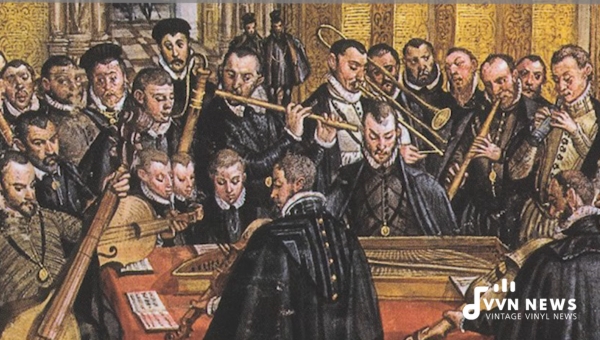
The classical music period was defined by the works of several accomplished composers who left an indelible mark on the genre.
Let’s explore the lives and contributions of some of these influential figures:
1. Wolfgang Amadeus Mozart
- Born in Salzburg, Austria in 1756, Mozart displayed prodigious talent from an early age.
- Known for his remarkable ability to compose in a wide range of genres, including symphonies, chamber music, operas, and concertos.
- His compositions are characterized by their clarity, elegance, and emotional depth.
- Notable works: “Eine kleine Nachtmusik,” “Symphony No. 40,” and “The Marriage of Figaro.”
2. Ludwig van Beethoven
- Born in Bonn, Germany in 1770, Beethoven is considered one of the greatest composers of all time.
- Played a crucial role in transitioning classical music into the Romantic era with his innovative compositions.
- Notable works: “Symphony No. 5,” “Moonlight Sonata,” and “Symphony No. 9” (Ode to Joy).
- Overcame deafness to continue composing groundbreaking music.
3. Joseph Haydn
- Born in Rohrau, Austria in 1732, Haydn is often referred to as the “Father of the Symphony” and the “Father of the String Quartet.”
- He composed over a hundred symphonies and numerous chamber works that showcased his mastery of form and structure.
- Notable works: “Surprise Symphony,” “The Creation,” and the London Symphonies.
4. Franz Schubert
- Born in Vienna, Austria in 1797, Schubert contributed greatly to both vocal and instrumental genres.
- Known for his expressive melodies and heartfelt compositions.
- Notable works: “Unfinished Symphony,” “Ave Maria,” and the song cycle “Winterreise.”
These composers, among others, shaped the landscape of classical music during the period. Their contributions continue to be celebrated and studied, leaving a lasting legacy in the world of music.
What Impact Classical Music Period have on Modern Music?
The classical music period has had a significant impact on modern music, shaping and influencing various genres and styles that we hear today.
Here are some key ways in which the classical music period continues to resonate in the modern musical landscape:
- Form and structure: One of the lasting legacies of the classical period is its emphasis on form and structure. The use of distinct sections and movements in classical compositions laid the groundwork for the organization of music in many genres. It is still evident in symphonies, concertos, sonatas, and even pop songs that follow a verse-chorus structure.
- Melodic development: Classical composers introduced sophisticated melodic development techniques that heightened the emotional impact of their compositions. This influence can be heard in contemporary music through elaborate melodies, intricate variations, and recurring motifs.
- Instrumentation: The classical period witnessed advancements in instrument design and orchestration techniques. The orchestra as we know it today owes much to this era’s developments. Strings, woodwinds, brass, and percussion instruments all play crucial roles in modern orchestras.
- Emotional expression: Classical composers sought to elicit a wide range of emotions through their music—a concept that continues to drive modern compositions across various genres. From epic film scores to emotive ballads, classical influences are pervasive in contemporary music’s ability to convey deep emotions.
- Technical virtuosity: Virtuosity—a term referring to exceptional technical skill—remains an essential aspect of many contemporary musical styles. The demanding instrumental techniques pioneered by classical composers continue to inspire musicians across genres.
- Educational foundation: Classical music serves as a foundation for musical education worldwide. Learning about composers like Mozart or Beethoven helps students develop an understanding of musical theory and history, which extends beyond just classical repertoire.
The classical music period has left an indelible mark on modern music. Its influence can be heard in the structure, melodicism, instrumentation, emotional expression, technical prowess, and educational foundations of contemporary genres.
By appreciating the rich heritage of classical music, we can better understand and further explore the vast array of musical expressions available to us today.
Also Read: 25 Best 80’s Female Singers [Remembering The Icons Of Pop Music]
FAQs about the Classical Music Period
Who were some of the most famous composers during the classical music period?
Some of the most renowned composers of this era include Wolfgang Amadeus Mozart, Ludwig van Beethoven, Joseph Haydn, and Franz Schubert.
What are some key characteristics of classical music?
Classical music is known for its emphasis on simplicity, balance, and elegance. It often features structured compositions with distinct sections or movements.
What instruments were commonly used during the classical music period?
The piano, violin, cello, and double bass were commonly used during this period. These instruments played a significant role in orchestral compositions.
How did composers influence the development of classical music?
Composers of the classical period introduced new musical forms, expanded orchestral compositions, and experimented with innovative approaches to composition.
How has classical music impacted modern-day music?
The classical music period has had a profound influence on modern-day music. Elements of its structure and style can be found in various genres such as film scores and instrumental compositions.
Conclusion
The classical music period was a transformative era in Western music history. Its focus on simplicity, balance, and structure brought forth a new style that continues to resonate with audiences today.
Composers like Mozart, Beethoven, Haydn, and Schubert pushed the boundaries of musical expression and left a lasting impact on subsequent generations of musicians.
The classical music period’s influence can be heard not only in classical compositions but also in film scores and contemporary music genres. By exploring this rich period, we can gain a deeper appreciation for the beauty and legacy of classical music.




